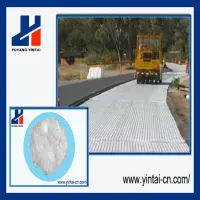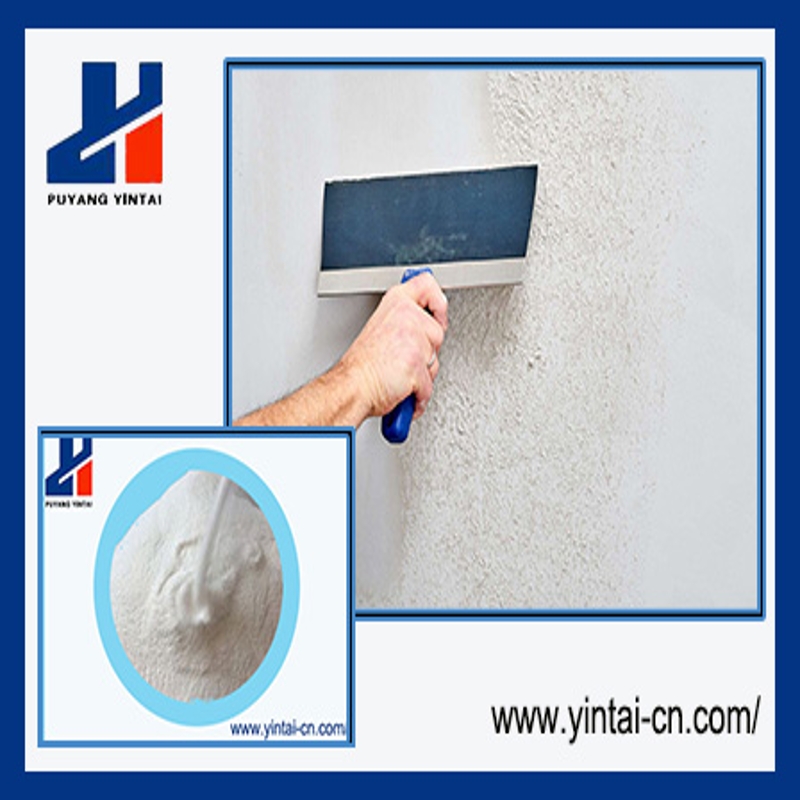-
Categories
-
Pharmaceutical Intermediates
-
Active Pharmaceutical Ingredients
-
Food Additives
- Industrial Coatings
- Agrochemicals
- Dyes and Pigments
- Surfactant
- Flavors and Fragrances
- Chemical Reagents
- Catalyst and Auxiliary
- Natural Products
- Inorganic Chemistry
-
Organic Chemistry
-
Biochemical Engineering
- Analytical Chemistry
- Cosmetic Ingredient
-
Pharmaceutical Intermediates
Promotion
ECHEMI Mall
Wholesale
Weekly Price
Exhibition
News
-
Trade Service
In order to achieve the purpose of sterilization, preservative and whitening, traditional Chinese medicinal materials are fumigated with sulfur
At present, the detection methods of sulfur dioxide mainly include colorimetry, distillation and ion chromatography
1.
The 2010 edition of "Chinese Pharmacopoeia" Appendix Ⅸ U contains the determination method of sulfur dioxide
(1) Distillation-iodine titration method
1.
2.
Hydrochloric acid, starch: analytically pure
Starch indicator solution: Take 0.
Iodine standard titrant: concentration C(I 2 )=0.
3.
4.
5.
(1) When measuring the sample, the sample should be heated and kept slightly boiling for about 3 minutes before titrating with the iodine titrant (0.
(2) It is found in the experiment that when measuring samples with higher content, iodine titrant (0.
(3) When measuring samples with more saponins such as ginseng, American ginseng, astragalus, etc.
, heat slowly to a slight boiling point or add an anti-foaming agent to prevent boiling
.
(4) In the determination of samples such as Radix Paeoniae Alba, Salvia Miltiorrhizae, Radix Isatidis, substances that are easily distilled with steam in a short period of time will cause the absorption liquid to become turbid and affect the judgment of the titration end point
.
The measurement of other samples should be controlled within 40-60 minutes
.
(5) When it is difficult to judge individual samples in the experiment, more advanced ion chromatography can be used to further confirm the accuracy of the results
.
(2) Distillation-acid-base titration
This method is to process the traditional Chinese medicinal materials by steam distillation.
The sulfite series substances in the sample are treated with acid to convert them into sulfur dioxide , and then they are brought into the absorption bottle containing hydrogen peroxide with the nitrogen flow.
The hydrogen peroxide oxidizes the sulfate radicals.
Ions were measured by acid-base titration, and the residual sulfur dioxide in medicinal materials and decoction pieces was calculated
.
1.
The instrument setup is shown in Figure 13-8
.
2.
For the determination method, take about 10g of fine powder of medicinal materials or decoction pieces (if the residual sulfur dioxide is higher, more than 1000mg/kg, the sampling amount can be appropriately reduced, but should not be less than 5g), accurately weighed, and placed in a two-necked round-bottomed flask , Add 300~400ml of water
.
Turn on the switch of the reflux condenser connected to tap water to feed water, connect a rubber air duct at the upper end E of the condenser and place it at the bottom of a 100ml conical flask, and add 50ml of 3% hydrogen peroxide solution in the conical flask as the absorption liquid (rubber guide The end of the trachea should be below the level of the absorption liquid)
.
Add 3 drops of methyl red indicator ethanol solution (2.
5mg/ml) to the absorption solution before use, and titrate with 0.
01mol/L sodium hydroxide titrant to yellow (that is, at the end point); if it exceeds the end point, discard the absorption Solution
.
Turn on the nitrogen, use a flow meter to adjust the gas flow to about 0.
2L/min
.
Open the piston of the separatory funnel C, make 10ml of the hydrochloric acid solution (6mol/L) flow into the distillation flask, and immediately heat the solution in the two-neck flask to boiling and keep it slightly boiling
.
After the water in the flask has boiled for 1.
5 hours, stop heating, let the absorption liquid cool and transfer it to a 100ml volumetric flask, set the volume to a constant volume, shake it, and place it for 1 hour, accurately draw an appropriate amount of the absorption liquid, place it in a 100ml Erlenmeyer flask, and place it side by side Stir continuously on a magnetic stirrer, titrate with sodium hydroxide titrant (0.
01mol/L) until the yellow color lasts for 20 seconds without fading, and correct the titration result with a blank experiment
.
Calculate according to the following formula:
In the formula, A is the volume of sodium hydroxide titrant consumed by the test solution, ml; B is the volume of sodium hydroxide titrant consumed by blank drops, ml; C is the molar concentration of sodium hydroxide titrant, mol/L; 0.
032 It is the mass of sulfur dioxide equivalent to 1ml of sodium hydroxide titrant (1mol/L), g/mol; W is the weight of the test product, g
.







